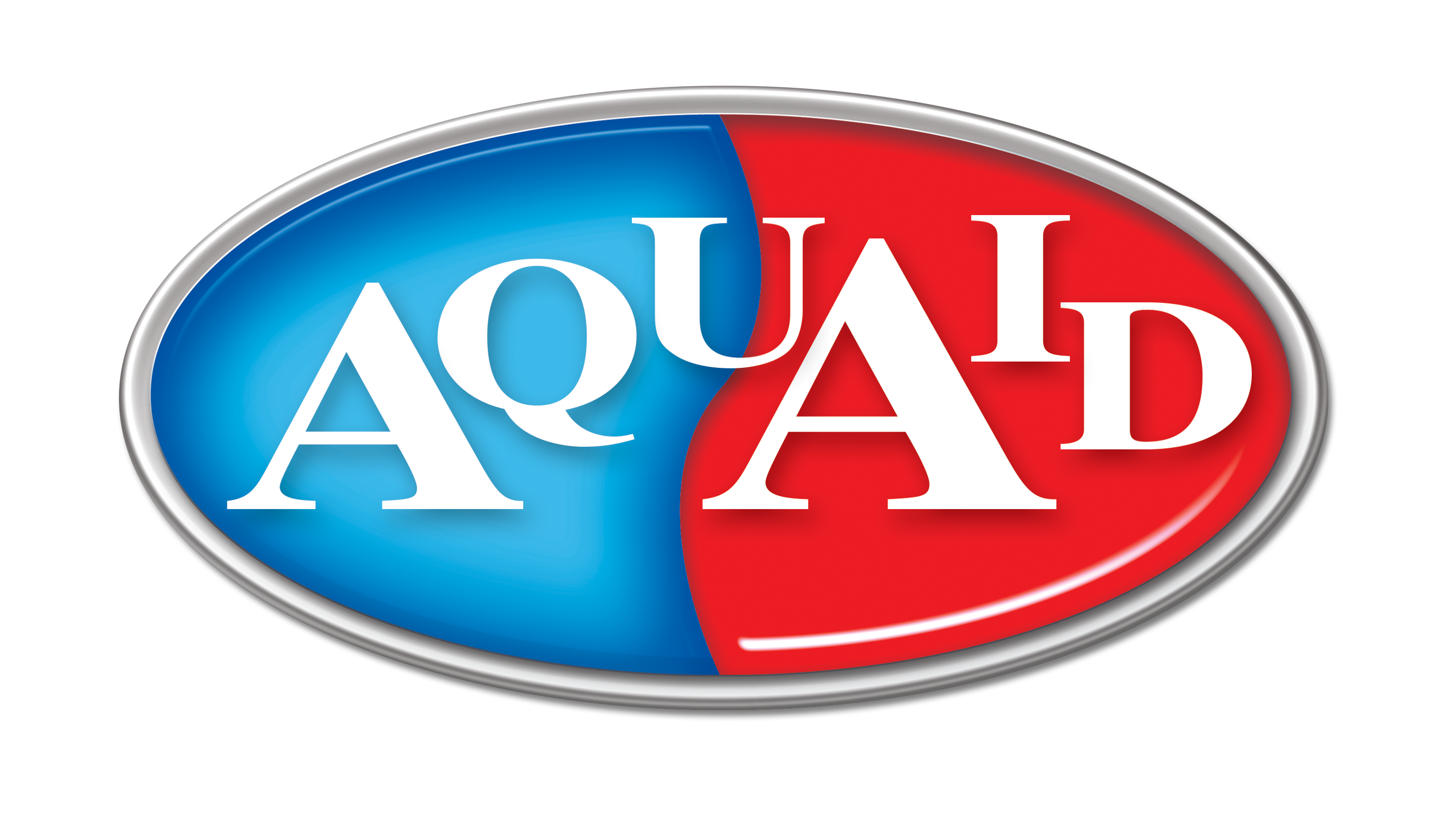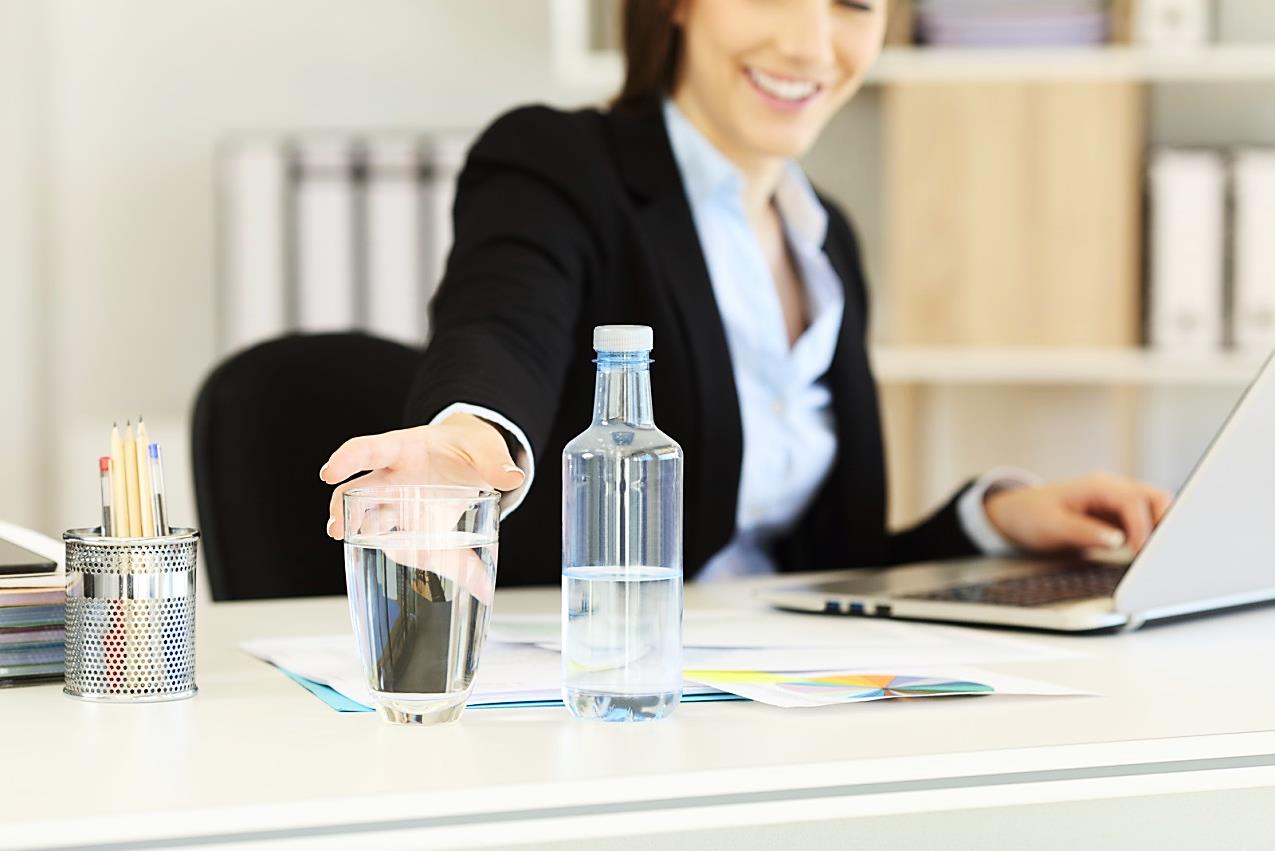
by Fern Shaw | Jul 26, 2019 | water cooler, water dispenser
Before we begin our top 5 countdown, it’s good to bear in mind that whatever your water cooler requirements, AquAid have over twenty years of experience in the provision of the right water cooler for your work space: wherever you’re situated and whatever space you occupy throughout England, Northern Ireland and Scotland.
Let’s begin:
- Money saving
While the upfront cost of purchasing a water cooler can be a bit more costly initially, over time you can expect to see significant savings. Water coolers offer an economical way to drink more water. Instead of purchasing many disposable water bottles, you can save money by buying large bottles for your dispenser. If you’re using a mains-fed water cooler dispenser, you can also expect to see significant savings.
- Kinder to the environment
By using a water cooler dispenser, you are helping to protect our environment. We use billions of individual plastic water bottles each year and millions end up in our rubbish each day. By drinking water from a re-usable water bottle and refilling our water bottles from a water cooler, we can significantly reduce this number. This means that you can still enjoy the convenience of having water with you at all times and be safe in the knowledge that you are lessening the harmful impact on the environment.
- Right size – good fit
With the AquAid range of water coolers, space isn’t a concern. Water coolers come in several shapes and sizes, so you can choose a unit that’s sure to fit perfectly in your space. Common models include a free-standing water cooler or a desktop (countertop) water cooler.
Free-standing units are typically larger and are better suited for use in areas where there is more floor space. By contrast, desktop (countertop) water dispensers are usually more compact and are ideal for use in smaller spaces. We even offer Instant Taps: a stylish water dispensing tap with a boiling (and/or) chilling unit discreetly hidden underneath the worktop.
- Drinking Water at perfect temperatures
Many water dispensers come with hot and cold water taps. The cold water is perfect for a refreshing glass of water. The hot water tap offers a quick and convenient way to make tea, coffee, soup, hot chocolate or tea. Some units also offer the option of water at room temperature as an added convenience.
- Stylish appearance
When most of us imagine a water cooler, we only picture a white plastic unit that isn’t the most appealing and won’t complement our kitchen, reception or office areas. Fortunately, this stereotype is no longer true. AquAid’s range of water coolers is available in a wide variety of shapes, sizes and materials. Common finishes include black, white, silver and stainless steel.
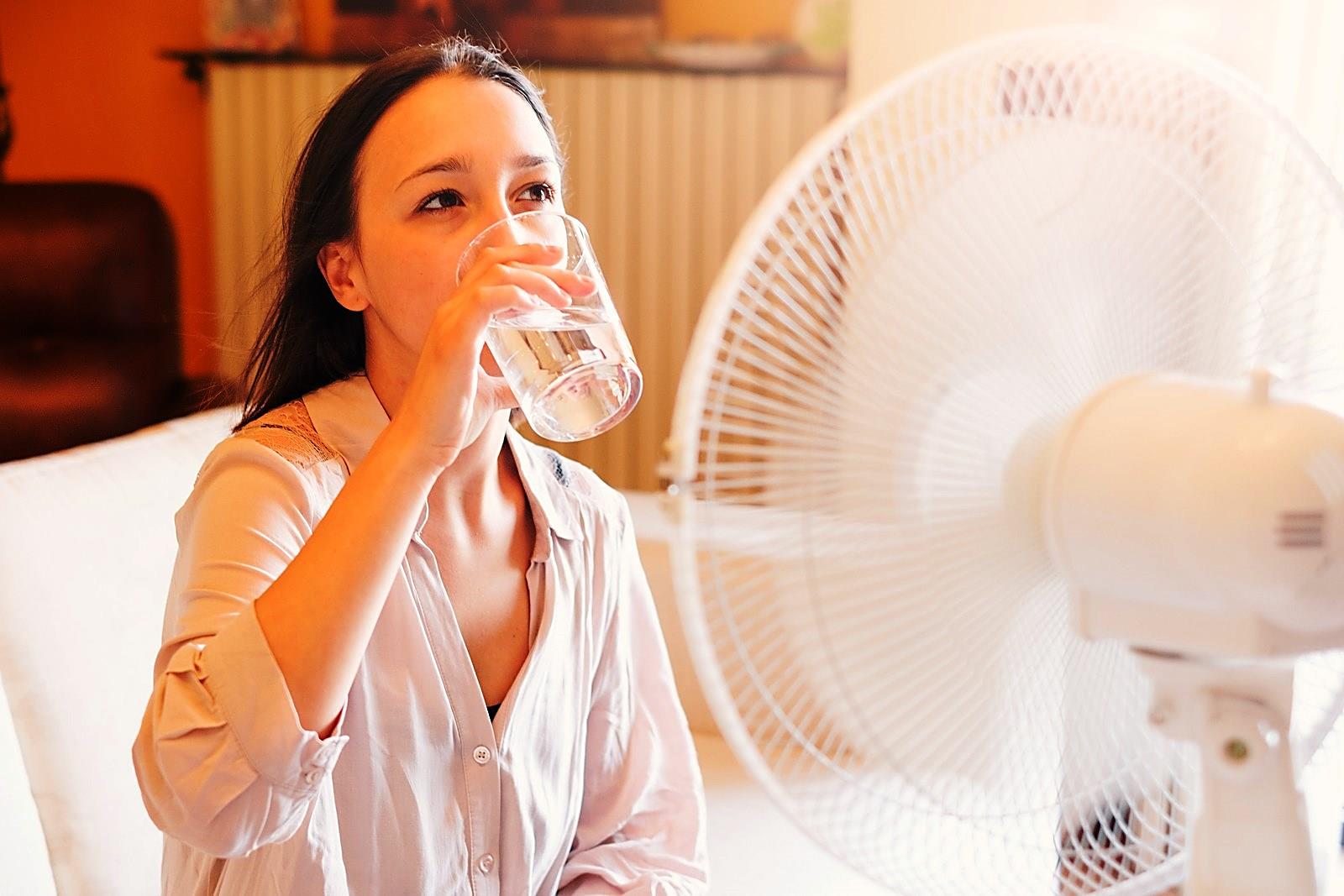
by Fern Shaw | Jul 26, 2019 | Water, water cooler
Despite record breaking temperatures expected this week, we’re still often caught unawares as to how the heat affects our ability to stay hydrated.
To help keep us all well hydrated as the temperatures soar, here’s a checklist:
Eight glasses / Two litres
Although the recommended amount is 8 glasses of water a day, this isn’t a proper measurement. Rather look at drinking a minimum of 2 litres of water per day. Increase this daily amount when it’s hot.
Perspiration / Sweat
We tend to sweat more when it’s hot. When we sweat, we’re essentially ejecting water and electrolytes. Hence our body needs to replace the lost water. To lessen the chance of dehydrating, we need to drink more water the hotter we become.
Active / Inactive
Even if you’re not that active, you’ll still perspire when it’s hot. Air-conditioning may cool the sweat from a ‘fevered brow’, but that doesn’t mean you don’t need to drink more water. If you’re exercising, always ensure to drink more water before you begin.
Thirst / Dehydration
By the time you feel thirsty, you’ve already begun dehydrating. Other signs are feeling faint or tired, muscle cramps, infrequent urination and very dark urine. If you are already feeling thirsty, instead of glugging water, rather take small sips.
Being as we are a water and water cooler provider of some 20 years, it’s our business to know all about proper hydration. We’re constantly checking to ensure that we’re up-to-date about all things drinking water related.
For ease of reference, we provide a quick reference guide at our website. That’s here.
Aside from that, we have over 22 AquAid branches throughout the UK, staffed by highly experienced water knowledgeable teams who are more than equipped to provide you with the right water provision solution tailor-made to suit your hydration requirements.
We can’t, of course, make you hydrate properly as that’s certainly up to you. We’re also not using the terms – lead-horse-water-drink in here, perish the thought – but we are hoping that you recognise for your own health and well-being how important it is to make sure that you are aware that in order to perform at your peak, whether at work or play, you need to be adequately (AquAidly) hydrated.
We’d love to be able to assist. Contact us today.
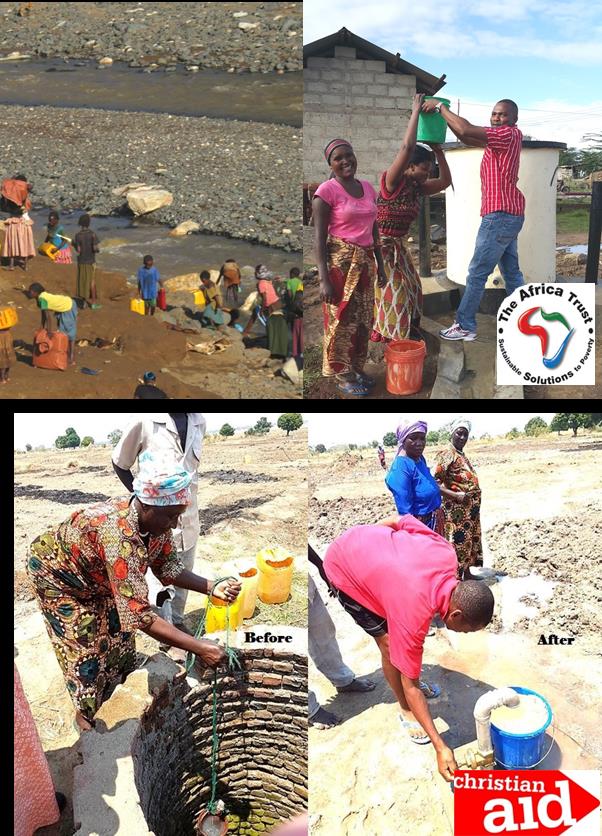
by Fern Shaw | Jul 16, 2019 | Africa Trust, water cooler, Water Coolers
Irrespective of whether or not you believe in climate change, there’s no denying that the stats resulting from the radically changing weather patterns year on year or the crucial drop in natural water supply globally speak volumes:
844 Million People – 1 in 10 – lack access to safe water.
200 Million Hours are spent every day collecting water.
2.3 Billion People – 1 in 3 – lack access to a toilet.
One third of the global population lives without access to a toilet.
The ramifications of these stats and the volume of people it affects can seem quite daunting in terms of how to address this global issue. There is good news though: there are multiple organisations around the world that continue, every day, to provide sustainable solutions to the lack of water as well as adequate sanitation to those in need.
Sustainability may seem like the buzz word of the millennium – bandied about without much meaning, but the truth of it is – sustainability is vital in the provision of water and sanitation to those for who access to water is an ongoing fight for actual survival.
Sustainable water projects are those that include both short term and long term solutions which pave the way forward by enabling a community to begin water related projects that may provide them with a capacity to earn an income or to trade their produce or services to others.
There’s much truth in the adage, ‘Give a man a fish and you feed him for a day. Teach a man to fish, and you feed him for a lifetime’, but before we implement this philosophy, help is needed to provide water to communities that more often than not, do not have the most basic of infrastructures for a steady supply of water.
That’s why here at AquAid Water Coolers we have, since our humble beginnings more than two decades ago, partnered with charities that not only provide emergency relief but also sustainable solutions to poverty around the globe, as is the case with Christian Aid and in the case of the Africa Trust, throughout Africa.
To learn more about the work that these organisations carry out, see how your water and water cooler purchases are making a visible positive difference to others. Alternatively, if you are not yet an AquAid customer, but would like to find out more about how your drinking water translates into sustainable clean water provision for people in need, please contact us: we’ll be delighted to assist.

by Fern Shaw | Jul 2, 2019 | water cooler
Today, 01 July, is International Joke Day. From what I’ve seen online this seems to have produced the lamest jokes instead of those that produce that involuntary snort where you spray your first glass of water or morning cuppa all over your desk.
Perhaps a Monday is not the right day to spring such an event on the unsuspecting though – early Mondays are usually the reserve of tired brains and bodies. There is a solution though – one that will elevate you from ‘chicken crossing the road’ unfunnies to the lofty cerebral wit similar to those of your favourite comedian. All it takes is an increase in water intake, which means more visits to the water cooler.
- For the brain cells to function properly there needs to be a balance between water and various compounds.
- When we fail to drink enough water, this balance is disrupted and there is a decline in cognitive performance.
Also dehydration can cause neural pathways to shut down. As a result, the section of the brain responsible for planning and problem-solving starts struggling.
- There has also been research which shows that staying hydrated helps an individual’s brain to operate faster. Those who drink as little of 500ml of water prior to engaging in mental activities were 14% faster than those who did not drink. If you feel like your concentration is drifting, try drinking a glass of water and your brain will resume normal functioning within seconds.
- Another example of not drinking enough water is low mood swings. Think of it this way – there are two core factors that determine an individual’s mood: energy and motivation. Drinking enough water ensures that you stay energised and motivated.
Now that you’ve wrapped your Monday brain around this wit propulsion information, why not head off to your water cooler , replenish your water and improve the general Monday mood for yourself and your fellow office goers by delivering the best jokes they’ve heard.
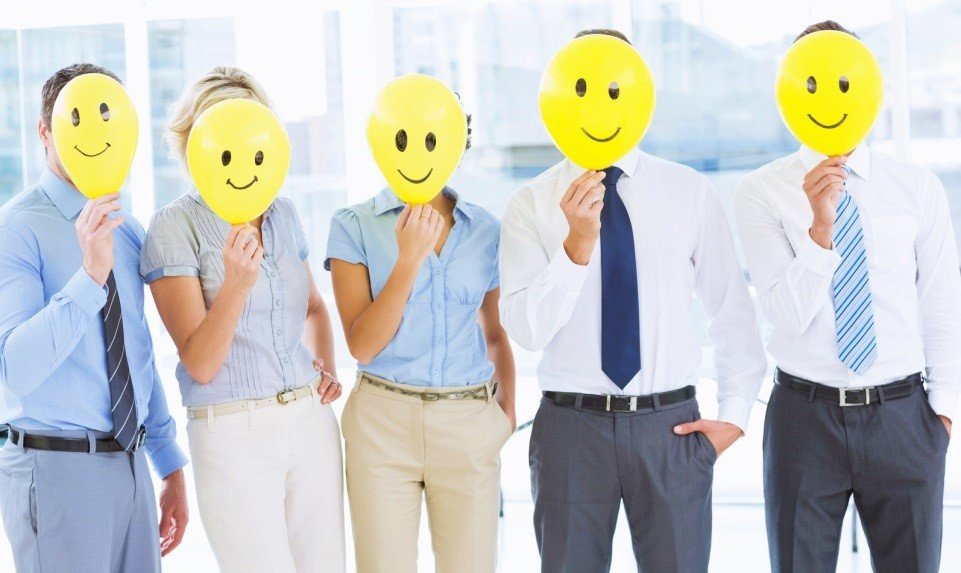
by Belinda Ollewagen | Jun 19, 2019 | water cooler
The University of Warwick led a study to determine whether happy employees work harder, and as it turns out they do – in fact, they’re 12% more productive.
The study included four different experiments with more than 700 participants. During the experiments participants were shown either a comedy clip or treated to free chocolates, fruit and drinks; while others were questioned about recent family tragedies, to assess whether lower levels of happiness were later on associated with lower levels of productivity.
One of the researchers, Dr Sgroi, added: ‘The driving force seems to be that happier workers use the time they have more effectively, increasing the pace at which they can work without sacrificing quality.’
So what does this have to do with a water cooler you might ask?
Well, if we know that happier employees work harder and are more productive, then it stands to reason that we’ll want to encourage happiness wherever we can! And one of the things conducive to happiness is a healthy body, and one of the factors contributing to that, is ensuring we remain properly hydrated – ergo, regular visits to the office water cooler.
Many companies provide additional perks like gym memberships and healthcare plans, but if you’re not a Google or an Apple, your budget will probably not run that high, so here are 5 suggestions that any business can implement which will help make your office a happier (and therefore more productive) place to work:
- Build respect and trust
- Have a positive office culture
- Acknowledge, recognise and reward employees who work hard
- Encourage growth and creativity, and
- Ensure open communication at all times.
Many of us spend more time at work than we do at home, so aim to make your office a happy place to work and you’ll end up with happier, more engaged, and more productive employees!
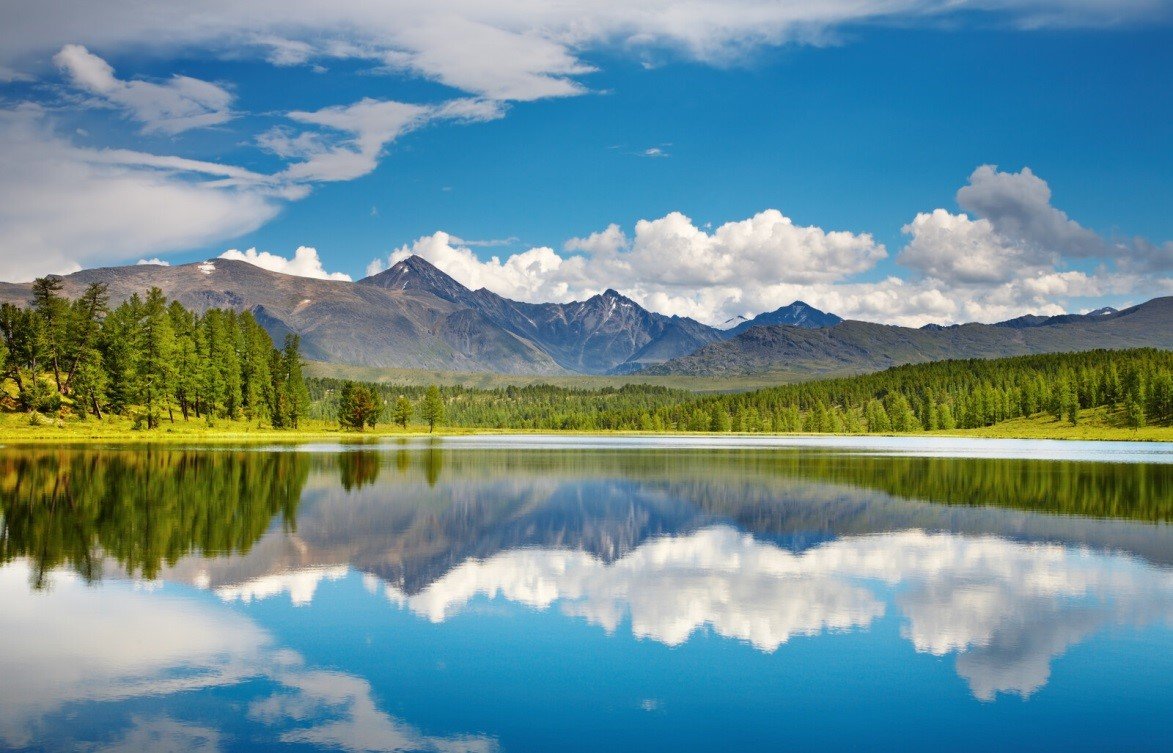
by Belinda Ollewagen | Jun 19, 2019 | water cooler
The principle function of a water cooler is to dispense water – that invaluable natural resource that none of us can live without. Naturally we talk about water a lot, how it allows our bodies to perform optimally, how it improves our health, lifts our mood and increases our productivity in the office. We also talk about the lack of water for people in third world countries and how AquAid established the Africa Trust to help bring clean and safe drinking water to impoverished communities. But there’s also the poetic side of water – the side that acts as a symbol, the side that inspires, which we don’t touch on frequently, so here are a few of our favourite water related musings, courtesy of Everyday Power :
Nothing is softer or more flexible than water, yet nothing can resist it. – Lao Tzu
A drop of water, if it could write out its own history, would explain the universe to us. – Lucy Larcom
The fall of dropping water wears away the Stone. – Lucretius
When the well’s dry, we know the worth of water. – Benjamin Franklin
When life places stones in your path, be the water. A persistent drop of water will wear away even the hardest stone. ― Autumn Morning Star
Human nature is like water. It takes the shape of its container. ― Wallace Stevens
Thousands have lived without love, not one without water.― W. H. Auden
All water is holy water. ― Rajiv Joseph
Love, like a river, will cut a new path whenever it meets an obstacle. – Crystal Middlemas
Always be like a water. Float in the times of pain or dance like waves along the wind which touches its surface.― Santosh Kalwar
You can’t cross the sea merely by standing and staring at the water. – Rabindranath Tagore
A river cuts through rock not because of its power but because of its persistence. – Jim Watkins
In one drop of water are found all the secrets of all the oceans; in one aspect of you are found all the aspects of existence. ― Kahlil Gibran
You must not lose faith in humanity. Humanity is an ocean; if a few drops of the ocean are dirty, the ocean does not become dirty.― Mahatma Gandhi
Pure water is the world’s first and foremost medicine. – Slovakian Proverb
Individually, we are one drop. Together, we are an ocean.― Ryunosuke Satoro

